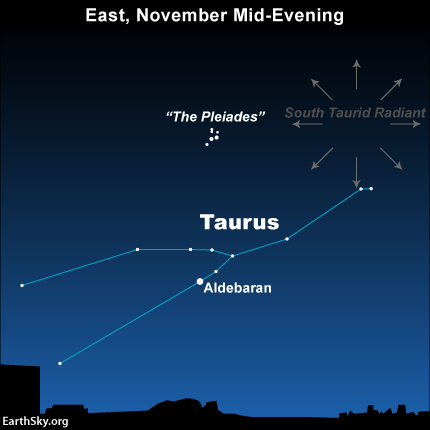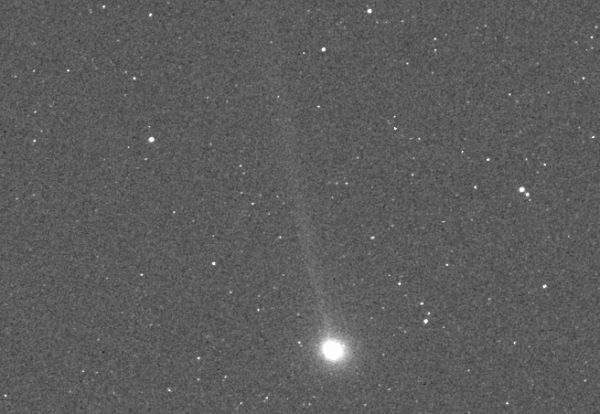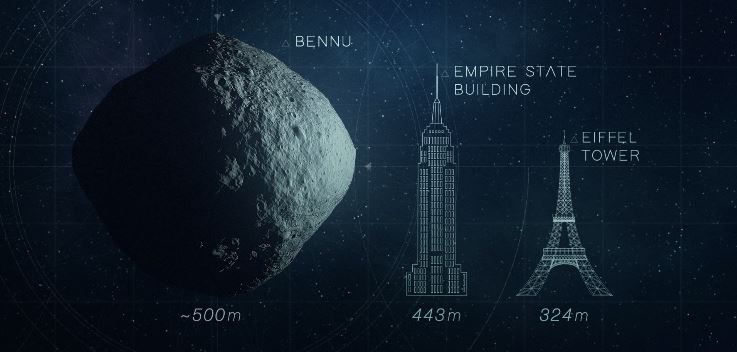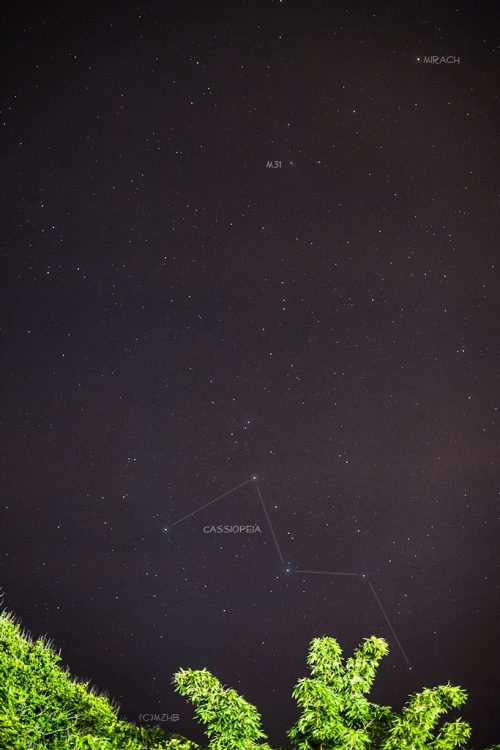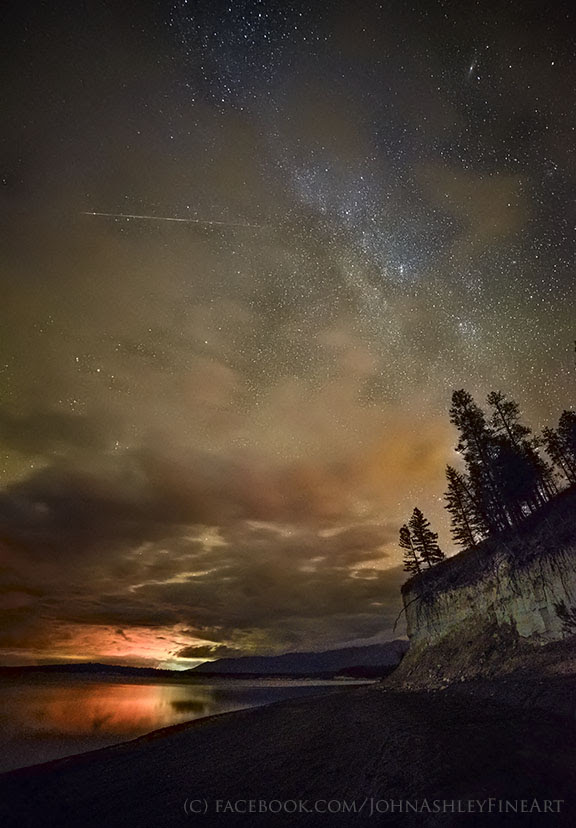
Mobile phones are in the news following the release of results from a US research programme that tested if a certain type of radiation given off by phones can cause cancer. As a result, headlines are claiming that there’s now “clear evidence” linking mobile phones to cancer.
What the headlines fail to mention is that the studies these news stories are based on were carried out in rats. Dig a little deeper in to the news reports and you will see that there is mention of the use of rats in the studies. But some people won’t look beyond the headlines.
The studies also used radiation doses far higher than what we’d experience in the real-world.
Together, this means that even with the latest findings, there’s still no convincing evidence that mobile phones cause cancer in people.
What did the study do?
Researchers from the US National Toxicology Program looked at the effects of exposing a small number of rats to radiofrequency radiation like that given out by mobile phones.
Rats were exposed to intense radiofrequency radiation throughout the body for 9 hours every day, for their whole lifetime. This is far beyond the length of time people would normally be exposed to. And most of the doses of radiation tested were far higher than those emitted by mobile phones.
This is a point Professor Kevin McConway, emeritus professor of applied statistics at The Open University, also highlights, saying: “The lowest radiation levels used were equal to the safety limits imposed on mobile phone manufacturers, for the radiation when one is actually using the phone. The higher doses for the animals were four times those limits.”
This means that these results cannot be translated outside of the lab and into your pocket.
What did the study show?
Increased cancer risk wasn’t found in rats exposed to the lowest, and more realistic, levels of radiation. But the researchers did find that male rats exposed to high levels of radiofrequency radiation were more likely to develop a type of heart tumour. This wasn’t seen in female rats, and the researchers couldn’t give a reason for the difference. And despite what the news reports might suggest, the study couldn’t rule out that the increase in risk of other tumours in the brain and adrenal glands was just down to chance.
The researchers also noted that male rats exposed to radiofrequency radiation lived longer. Cancer risk increases with age, so it’s plausible that these rats had a higher chance of developing cancer just because they lived longer.
What you need to know
Research into mobile phones and cancer isn’t new and is still ongoing. Large studies in people, such as the INTERPHONE study and the Million Women Study, have found no increased risk of cancer from using mobile phones.
And considering these previous studies were in people, this latest study in rats, using conditions that don’t match normal phone use, shouldn’t ring alarm bells.
Weilin Wu is a health information officer at Cancer Research UK
Read more: 6 tips to spot cancer ‘fake news’
from Cancer Research UK – Science blog https://ift.tt/2SG8JrS

Mobile phones are in the news following the release of results from a US research programme that tested if a certain type of radiation given off by phones can cause cancer. As a result, headlines are claiming that there’s now “clear evidence” linking mobile phones to cancer.
What the headlines fail to mention is that the studies these news stories are based on were carried out in rats. Dig a little deeper in to the news reports and you will see that there is mention of the use of rats in the studies. But some people won’t look beyond the headlines.
The studies also used radiation doses far higher than what we’d experience in the real-world.
Together, this means that even with the latest findings, there’s still no convincing evidence that mobile phones cause cancer in people.
What did the study do?
Researchers from the US National Toxicology Program looked at the effects of exposing a small number of rats to radiofrequency radiation like that given out by mobile phones.
Rats were exposed to intense radiofrequency radiation throughout the body for 9 hours every day, for their whole lifetime. This is far beyond the length of time people would normally be exposed to. And most of the doses of radiation tested were far higher than those emitted by mobile phones.
This is a point Professor Kevin McConway, emeritus professor of applied statistics at The Open University, also highlights, saying: “The lowest radiation levels used were equal to the safety limits imposed on mobile phone manufacturers, for the radiation when one is actually using the phone. The higher doses for the animals were four times those limits.”
This means that these results cannot be translated outside of the lab and into your pocket.
What did the study show?
Increased cancer risk wasn’t found in rats exposed to the lowest, and more realistic, levels of radiation. But the researchers did find that male rats exposed to high levels of radiofrequency radiation were more likely to develop a type of heart tumour. This wasn’t seen in female rats, and the researchers couldn’t give a reason for the difference. And despite what the news reports might suggest, the study couldn’t rule out that the increase in risk of other tumours in the brain and adrenal glands was just down to chance.
The researchers also noted that male rats exposed to radiofrequency radiation lived longer. Cancer risk increases with age, so it’s plausible that these rats had a higher chance of developing cancer just because they lived longer.
What you need to know
Research into mobile phones and cancer isn’t new and is still ongoing. Large studies in people, such as the INTERPHONE study and the Million Women Study, have found no increased risk of cancer from using mobile phones.
And considering these previous studies were in people, this latest study in rats, using conditions that don’t match normal phone use, shouldn’t ring alarm bells.
Weilin Wu is a health information officer at Cancer Research UK
Read more: 6 tips to spot cancer ‘fake news’
from Cancer Research UK – Science blog https://ift.tt/2SG8JrS















